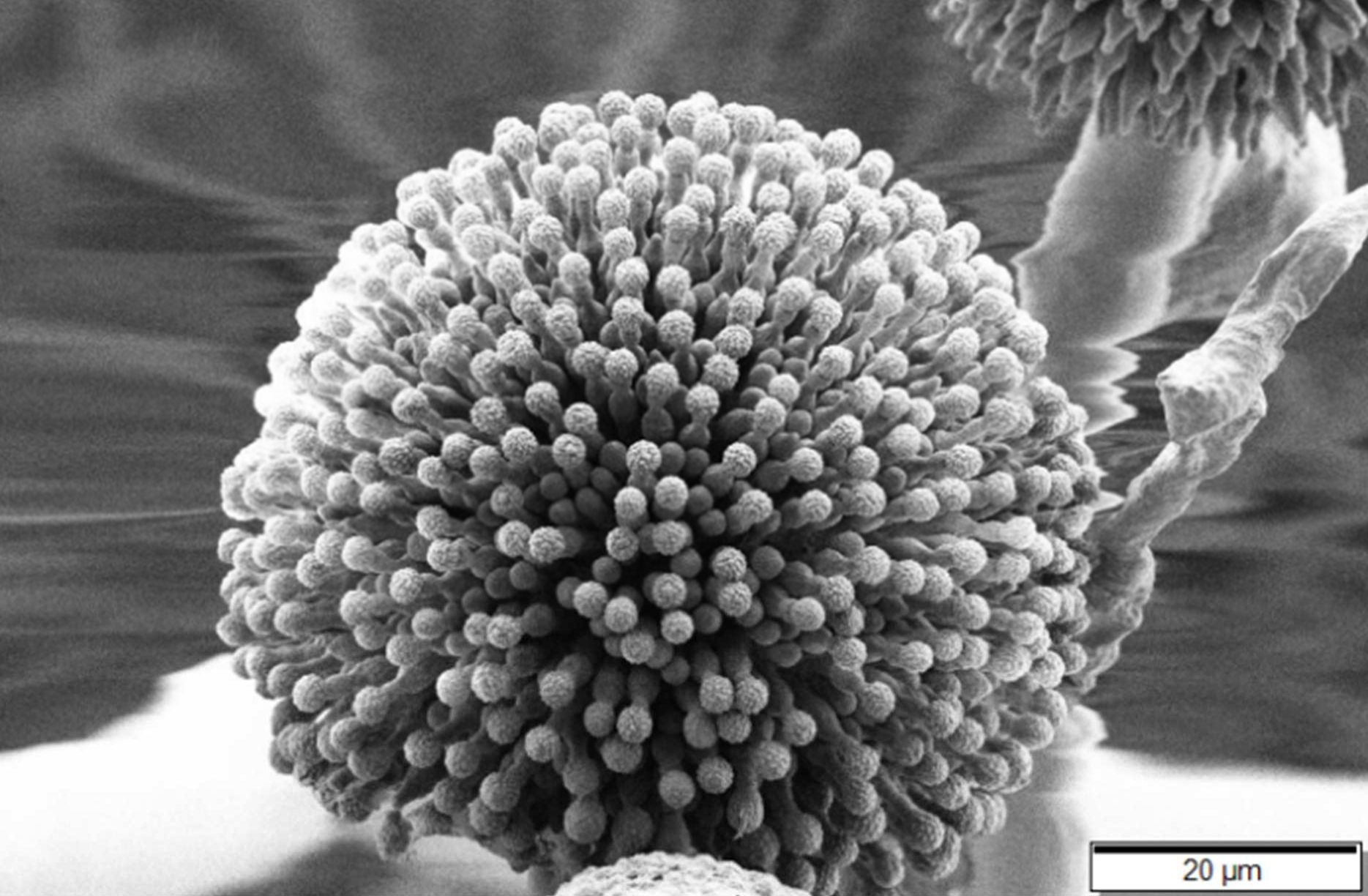Aspergillus Endangers Children at Hospital for Second Time This Year
Seattle Children's Hospital has had to close operating rooms for the second time this year because of Aspergillus. Better ventilation systems can help.

The presence of the fungus Aspergillus has forced the closing of 11 operating rooms at Seattle Children’s Hospital, marking the second such closure in a year. All 14 of the hospital’s operating rooms will be closed later in the week, said hospital spokeswoman Kathryn Mueller.
"On November 10, routine air test results revealed the presence of Aspergillus in the air in 3 of our operating rooms and 2 procedural areas," Mueller said. "The rooms in which Aspergillus was detected have been closed. We are also investigating 2 new potential Aspergillus surgical site infections."
The hospital has had to postpone some surgeries and move others to different hospitals. Aspergillus is a fungus whose spores are present in the air and can cause illnesses in people with weakened immune systems, damaged lungs, and asthma. Infections caused by Aspergillus include invasive aspergillosis, ABPA CPA, and aspergilloma.
Seattle Children’s Hospital says that the fungus has infected at least 1 patient, and possibly 2. This is the second time the fungus has been discovered in the hospital’s operating rooms. The previous Aspergillus outbreak in May led to at least 5 infections and 1 death.
Hospital officials blame the presence of Aspergillus in the operating rooms on deficiencies in ventilation and purification systems.
An article in HPAC Engineering notes that hospitals consume much more energy than buildings and facilities in other industries of similar size. More energy is therefore needed to ventilate and purify the air.
“Healthcare facilities that may not be properly ventilated, designed, or controlled can lead to the spread of airborne pathogens throughout the facility,” according to the article. “Hospital patients who have compromised immune systems and are more susceptible to infection will likely be infected and can spread pathogens to the rest of the hospital.”
The article, which ran last year, also focused on the importance of a good filtering system in facilities and touts the benefits of bipolar ionization systems. They “create negative and positive ions which then react with oxygen and water vapor within the air stream, creating free radicals. These free radicals in turn create chemical changes, which can damage viruses, bacteria and other microorganisms that often cause infections within a hospital. Even with this kind of system, filter media is still necessary to remove larger particles from the air stream.” A filter media is anything in a filter that changes the quality of what’s being filtered.
The Infectious Diseases Society of America (IDSA) recommends that the response to Aspergillus infection should involve submitting tissue and fluid specimens for histopathologic, cytologic, and culture examination to diagnose invasive aspergillosis. “However, molecular techniques, such as DNA sequencing, should be used to identify Aspergillus species in cases that involve either isolates with atypical growth or concern for resistance,” the IDSA recommends.
A study this year in Antimicrobial Resistance & Infection Control noted that the construction work at hospitals-which seems to be happening more and more-can help breed invasive aspergillosis infection.
Investigators with the University of Ulsan College of Medicine in South Korea, wrote: “Airborne fungal spore levels tended to be higher during the period with heavier construction works involving demolition and excavation, during which the incidence of IA was significantly higher as well.”
They argued that airborne fungal spore levels should be monitored when construction’s taking place in hospitals with patients who have compromised immune systems.
Show, Tell, Teach: Elevating EVS Training Through Cognitive Science and Performance Coaching
April 25th 2025Training EVS workers for hygiene excellence demands more than manuals—it requires active engagement, motor skills coaching, and teach-back techniques to reduce HAIs and improve patient outcomes.
The Rise of Disposable Products in Health Care Cleaning and Linens
April 25th 2025Health care-associated infections are driving a shift toward disposable microfiber cloths, mop pads, and curtains—offering infection prevention, regulatory compliance, and operational efficiency in one-time-use solutions.
Phage Therapy’s Future: Tackling Antimicrobial Resistance With Precision Viruses
April 24th 2025Bacteriophage therapy presents a promising alternative to antibiotics, especially as antimicrobial resistance continues to increase. Dr. Ran Nir-Paz discusses its potential, challenges, and future applications in this technology.